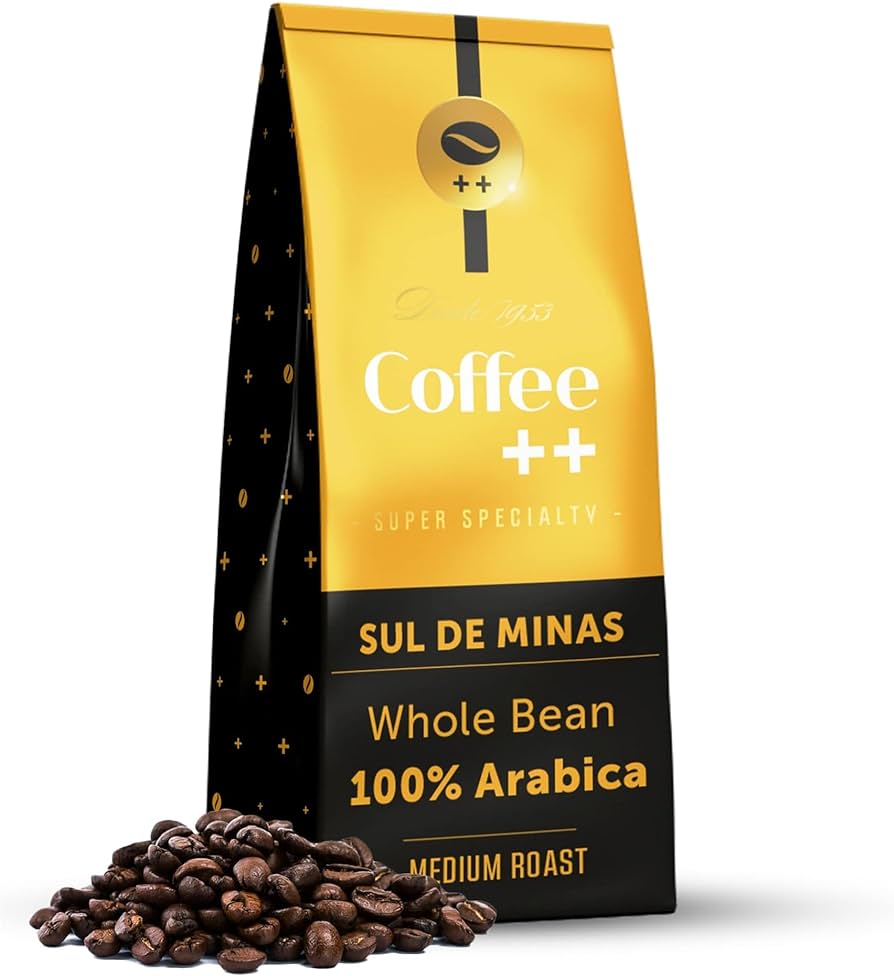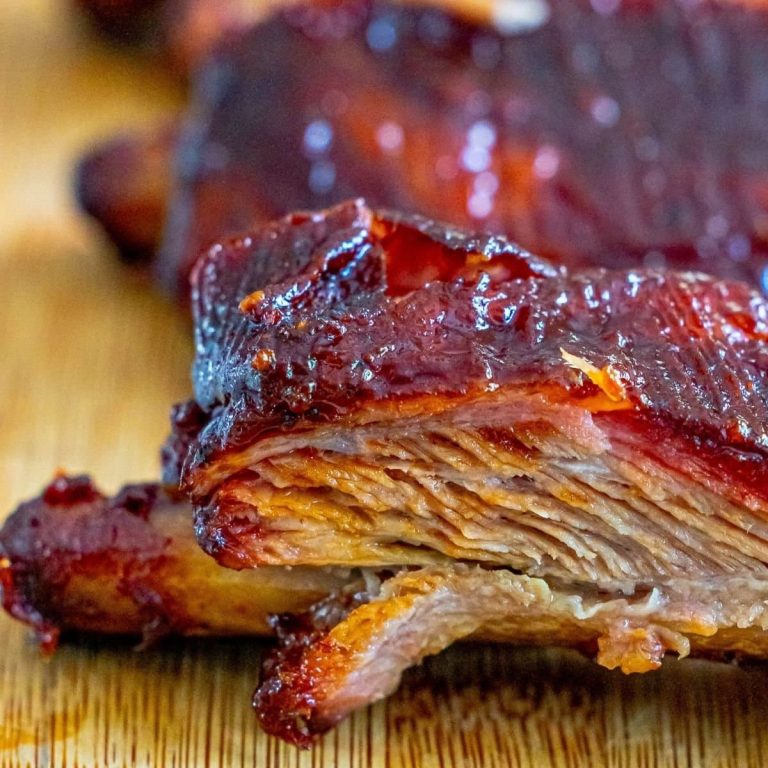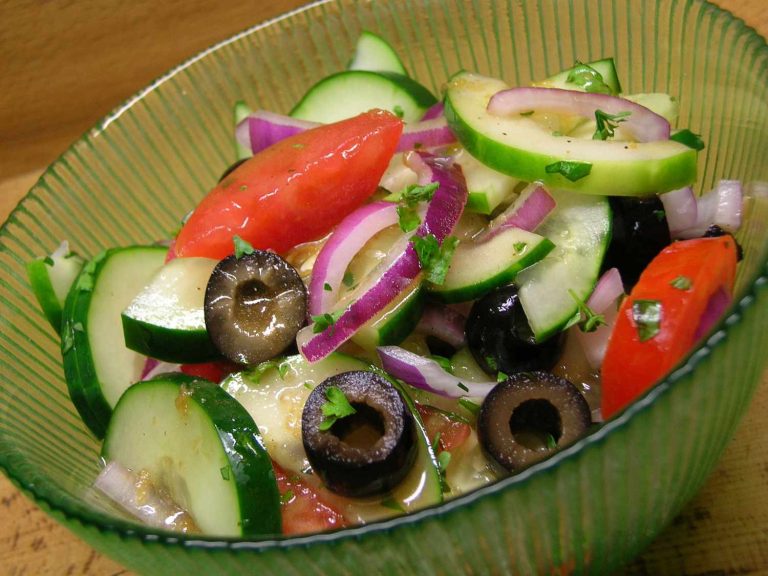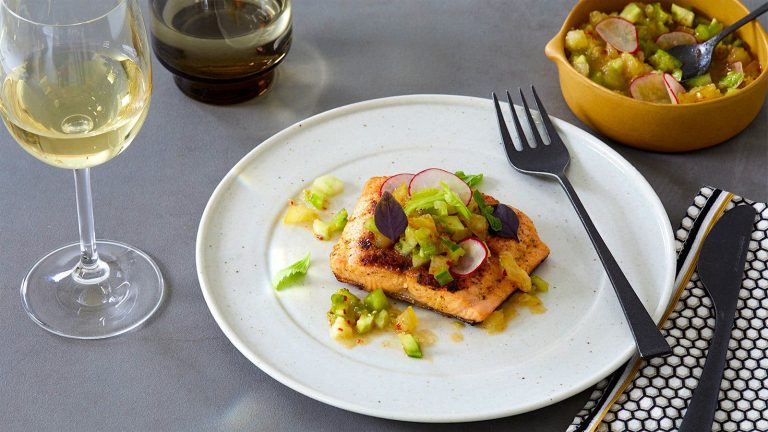Quince Liqueur: Discover the Rich History and Flavor
Quince liqueur traces its origins to ancient Persia. You can find references to this golden elixir in early recipes and medicinal texts. Persians valued quince not just for its flavor but also for its purported health benefits. They infused spirits with quince to create aromatic beverages used for both consumption and medicinal purposes. By the Middle Ages, quince liqueur had made its way to Europe. Monks in monasteries often produced it, crafting unique regional variants. During this period, quince liqueur was associated with celebrations and festive occasions, adding a special touch to communal gatherings.
Evolution of Quince Liqueur Production
Quince liqueur production has significantly evolved over the centuries. Traditional methods involved steeping quince fruit in alcohol, then adding spices and sweeteners. In the modern era, producers employ sophisticated techniques and equipment to ensure consistency and quality. Today’s quince liqueur often undergoes multiple distillations, resulting in a refined, smooth spirit. Countries like Spain, Italy, and France have become renowned for their distinctive takes on quince liqueur, each adding unique local flavors and ingredients to the mix. This evolution highlights the fusion of traditional practices with modern innovations, maintaining the liqueur’s historic charm while enhancing its contemporary appeal.
Key Ingredients and Production Techniques
The Role of Quince Fruit
Quince fruit forms the base of quince liqueur. Known for its aromatic profile, quince adds a unique flavor. Harvested in autumn, this fruit is known for its high pectin content, essential for a smooth liqueur texture. The ripeness of quince directly impacts the quality, so only the best, fully-matured quince are selected. These fruits are then peeled, cored, and chopped for fermentation.
Distillation and Aging Processes
Distillation refines the quince mixture. The fermented quince undergoes several rounds of distillation to achieve the desired purity and flavor concentration. Copper stills are commonly used due to their excellent heat conduction and interaction with volatile compounds, enhancing flavor extraction.
Aging plays a critical role in developing the final flavor profile. The distilled liquid is aged in oak barrels for several months to years, depending on the desired flavor complexity. Oak imparts subtle vanilla and woody notes, balancing quince’s natural tartness. Regular tasting ensures optimal development of flavors, offering a well-rounded liqueur.
Sensory Profile of Quince Liqueur
Visual and Aromatic Characteristics
Quince liqueur’s visual appeal is striking, with a rich, golden hue. This color results from the combination of fully-matured quince fruit and aging in oak barrels. When pouring a glass, you’ll notice clarity with a slight viscous texture, indicating a well-crafted product.
The aromatic profile is complex and inviting. Upon nosing, you’ll detect the distinct fragrance of fresh quince, often described as a blend of apple and pear. Additional aromatic notes include subtle hints of vanilla, imparted by the oak aging process, and a slight floral undertone. These combined scents create a bouquet that’s both refreshing and intriguing.
Tasting Notes
Upon tasting, quince liqueur delivers a multifaceted flavor experience. The initial palate offers a sweet, fruity burst, dominated by the quince’s natural essence. This sweetness is balanced by a mild acidity, creating a harmonious taste profile.
Mid-palate, you’ll discern layers of complexity. Vanilla and subtle woody notes from the oak barrels add depth, while the slight tartness of the quince provides an intriguing contrast. The finish is smooth, with a lingering fruity aftertaste and a hint of spice. This combination makes quince liqueur versatile, suitable for sipping neat or incorporating into cocktails.
Pairing and Culinary Uses
Food Pairing Ideas
Quince liqueur pairs well with a variety of foods. The sweet, fruity notes complement cheeses such as Brie, Camembert, and aged Gouda. Serve it with roasted or grilled meats like pork or duck to enhance the dish with its subtle acidity and complex flavors. For dessert, quince liqueur enhances dishes featuring apples, pears, or figs. Try drizzling it over vanilla or almond-based pastries to add depth and richness.
Culinary Recipes Featuring Quince Liqueur
Incorporate quince liqueur into various culinary creations to elevate your dishes. Use it in sauces for roasted meats or as a glaze for grilled pork. Add a splash to fruit salads to enhance their natural sweetness. In baking, quince liqueur can be used in cakes, tarts, and pastries for a unique flavor twist. Mix it into custards or use it as a syrup for pancakes and crepes to bring a fruity complexity. Try a quince liqueur reduction to drizzle over ice cream or panna cotta for a gourmet touch.
Conclusion
Quince liqueur stands out as a unique and versatile spirit that can elevate your culinary experiences. Its rich history and meticulous craftsmanship result in a drink that’s not only delicious but also steeped in tradition. Whether you’re pairing it with savory dishes or using it to add a fruity complexity to desserts, quince liqueur offers endless possibilities. Experiment with it in your recipes and discover how this aromatic and flavorful liqueur can enhance your culinary creations.




